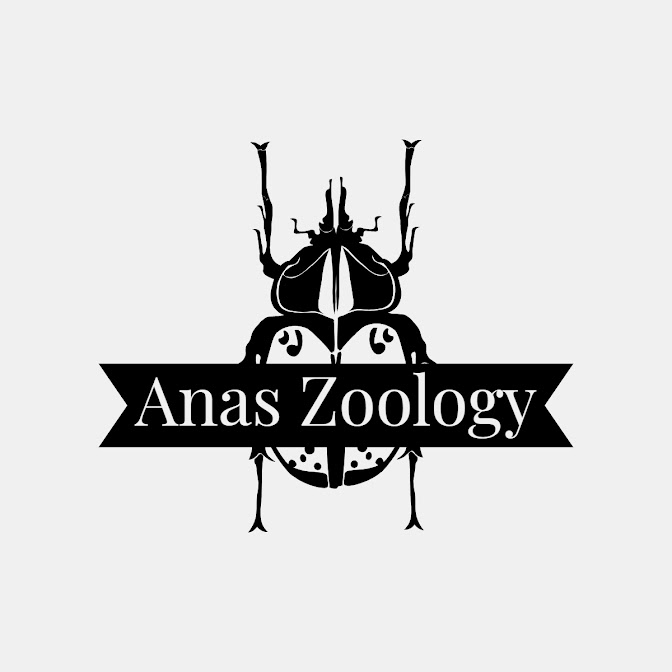KINGDOM ANIMALIA

Animals are metazoans that differ from plant in number of characteristics like absence of plastids, cell wall and central vacuole. There are around 1.2 million known species of animals, but scientists estimate there are closer to 8.7 million species on earth. they show great diversity in shape, size, colour, habits, habitat, structures etc. CHARACTERISTICS OF ANIMALIA: They are multicellular consumers of the ecosystem. They are made up of eukaryotic cells and have no cell wall, plastids, central vacuole and photosynthetic pigments. Lower animals exhibit cellular or tissue level of organization and higher animals have organ system level of organization. Mostly free living and some are fixed (sponges and several coelenterates). They take food by ingestion i.e. holozoic in nutrition and digestion takes place in an internal cavity. Some forms have absorptive nutrition and their digestive cavity is absent. The undigested food is removed by egestion. They have muscle cells (for co...





